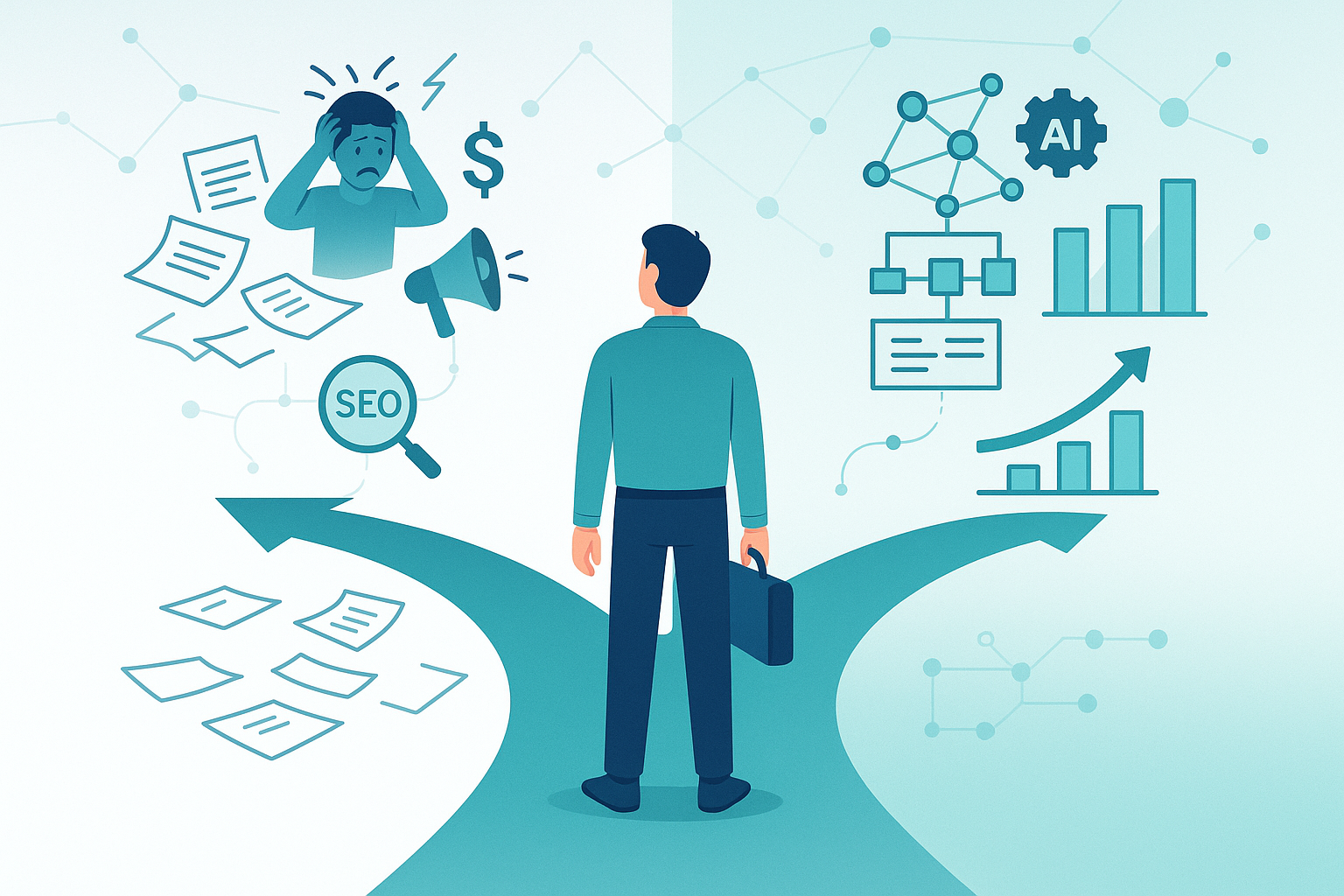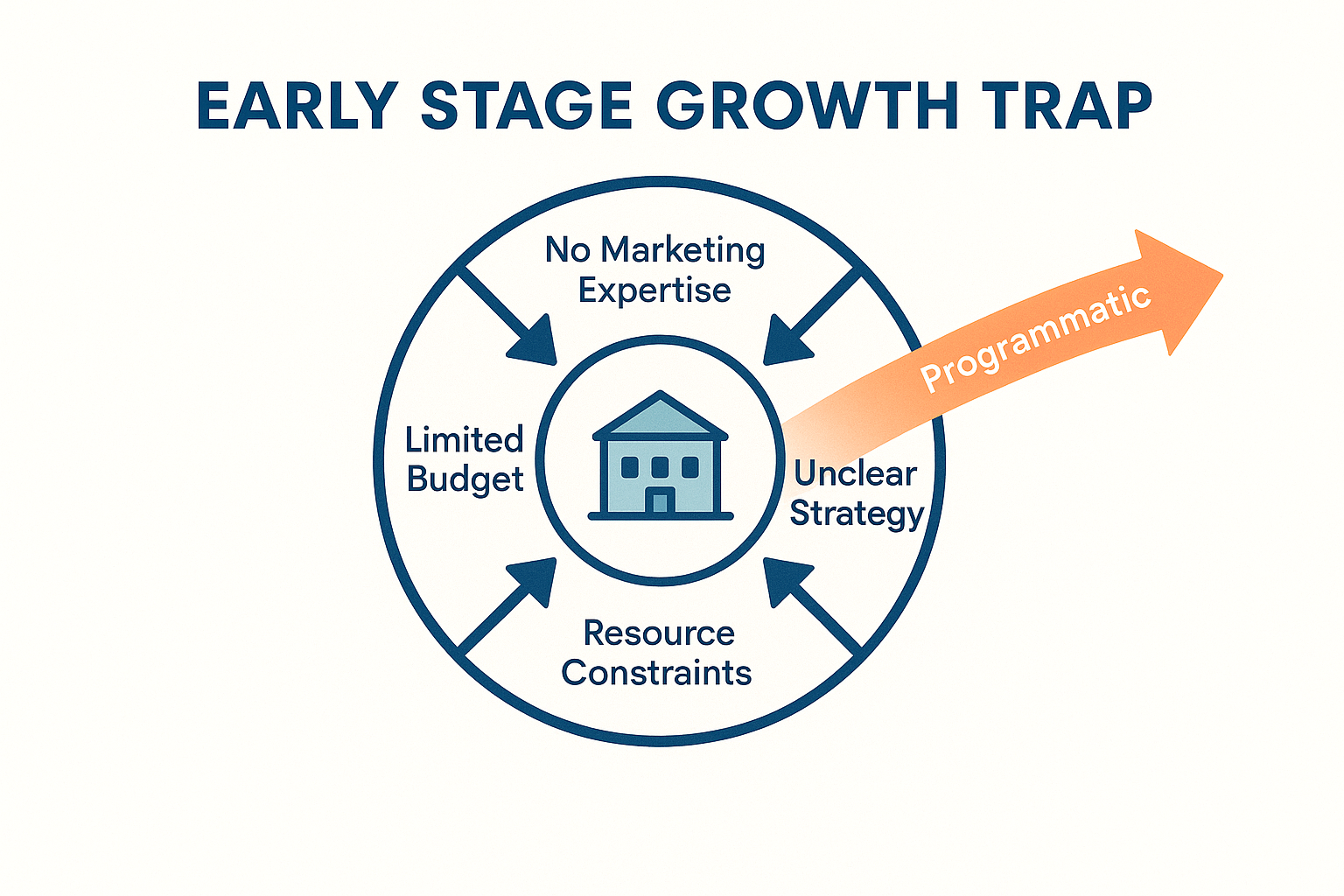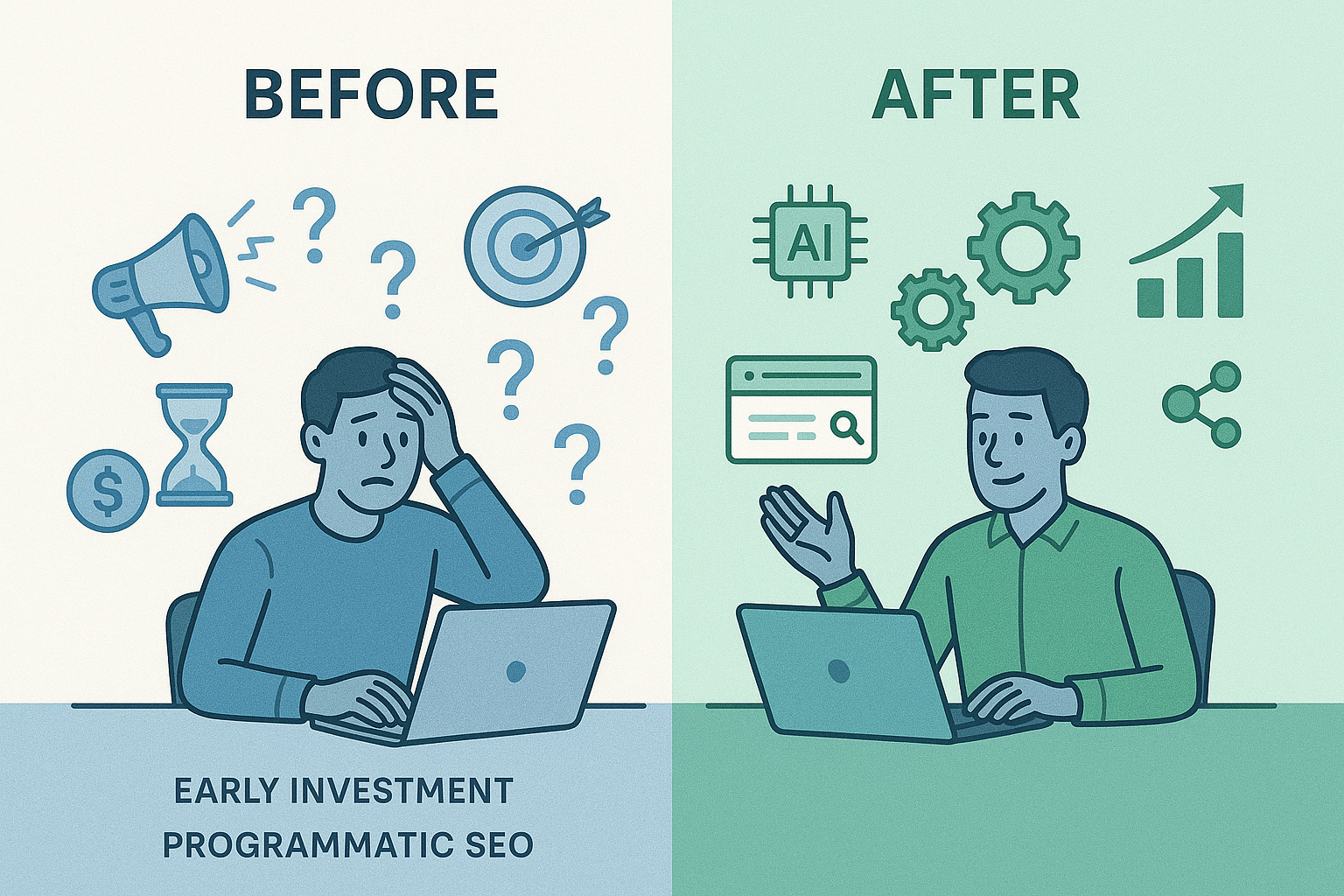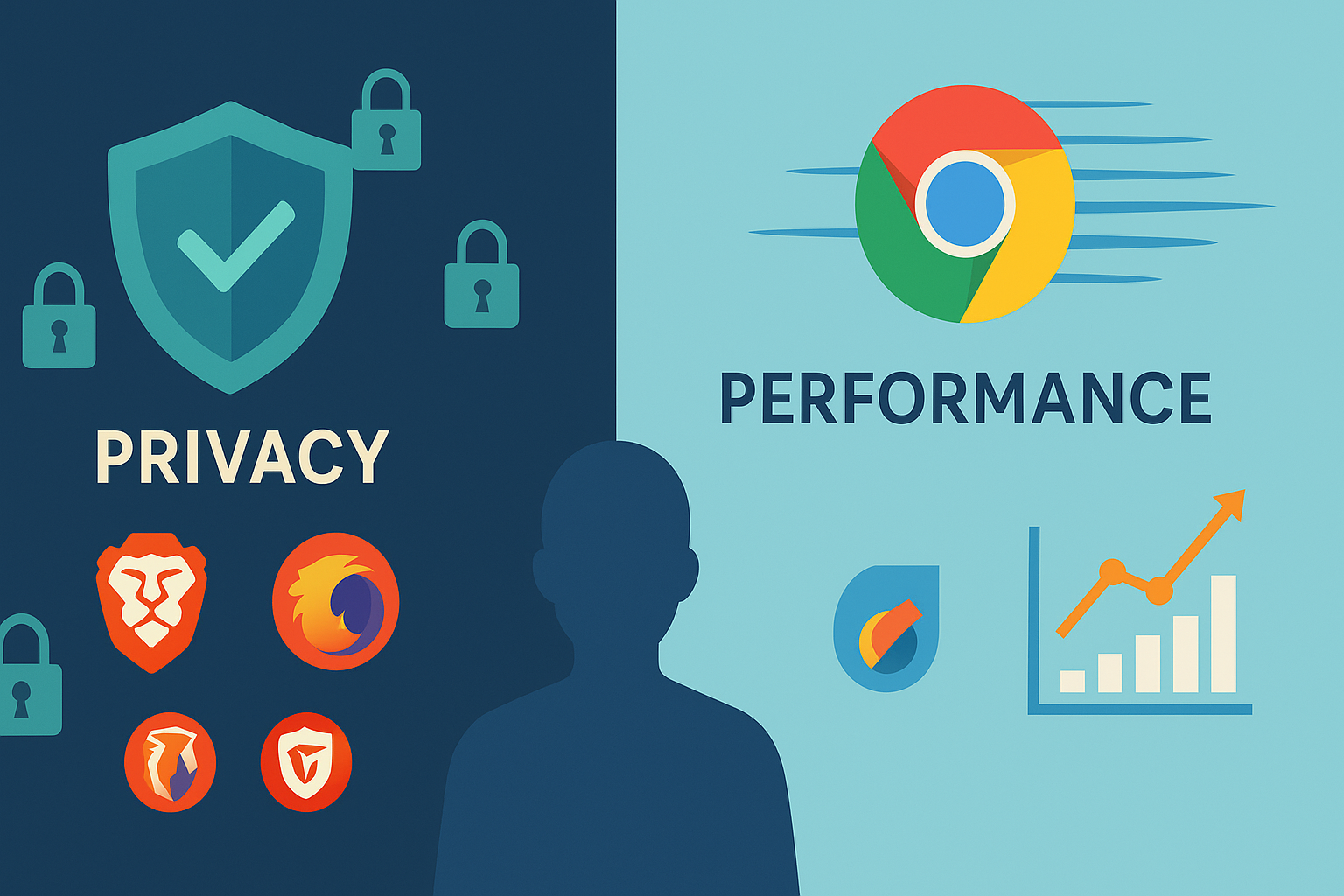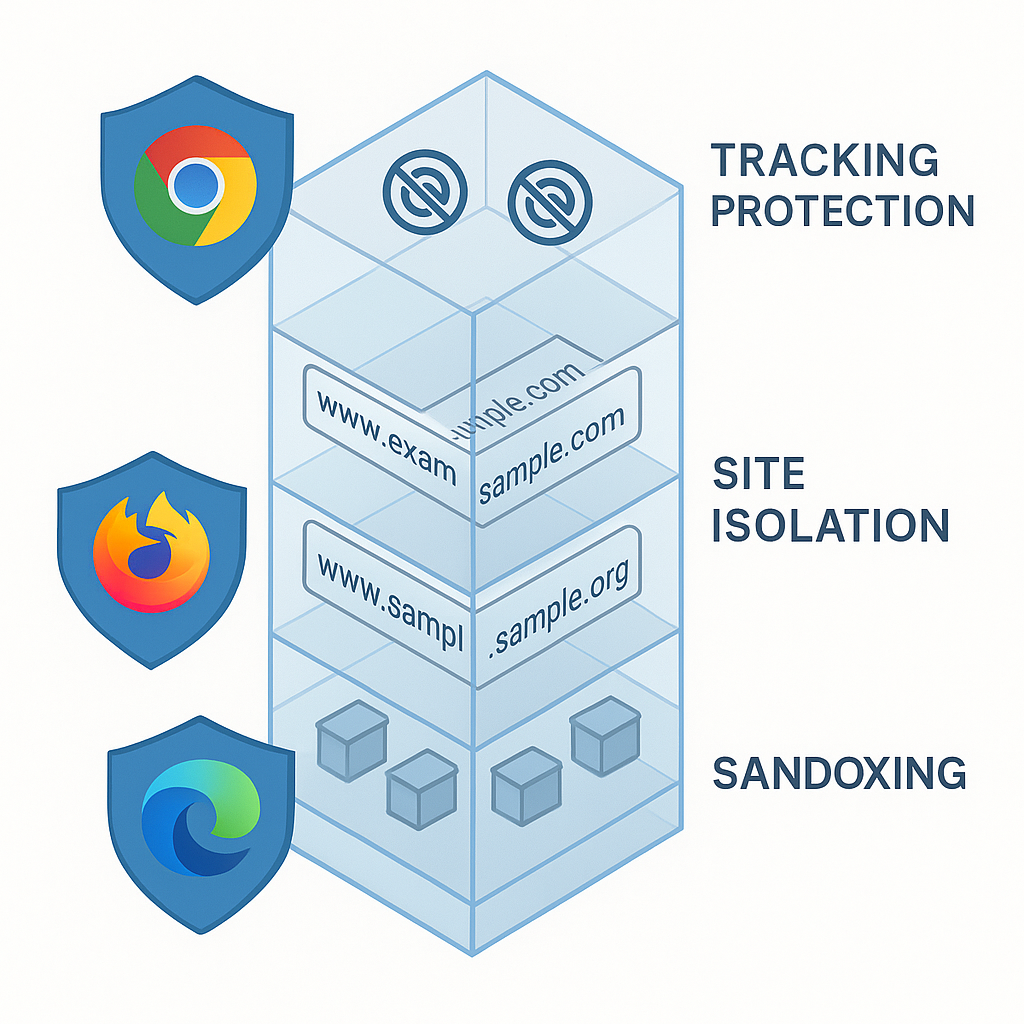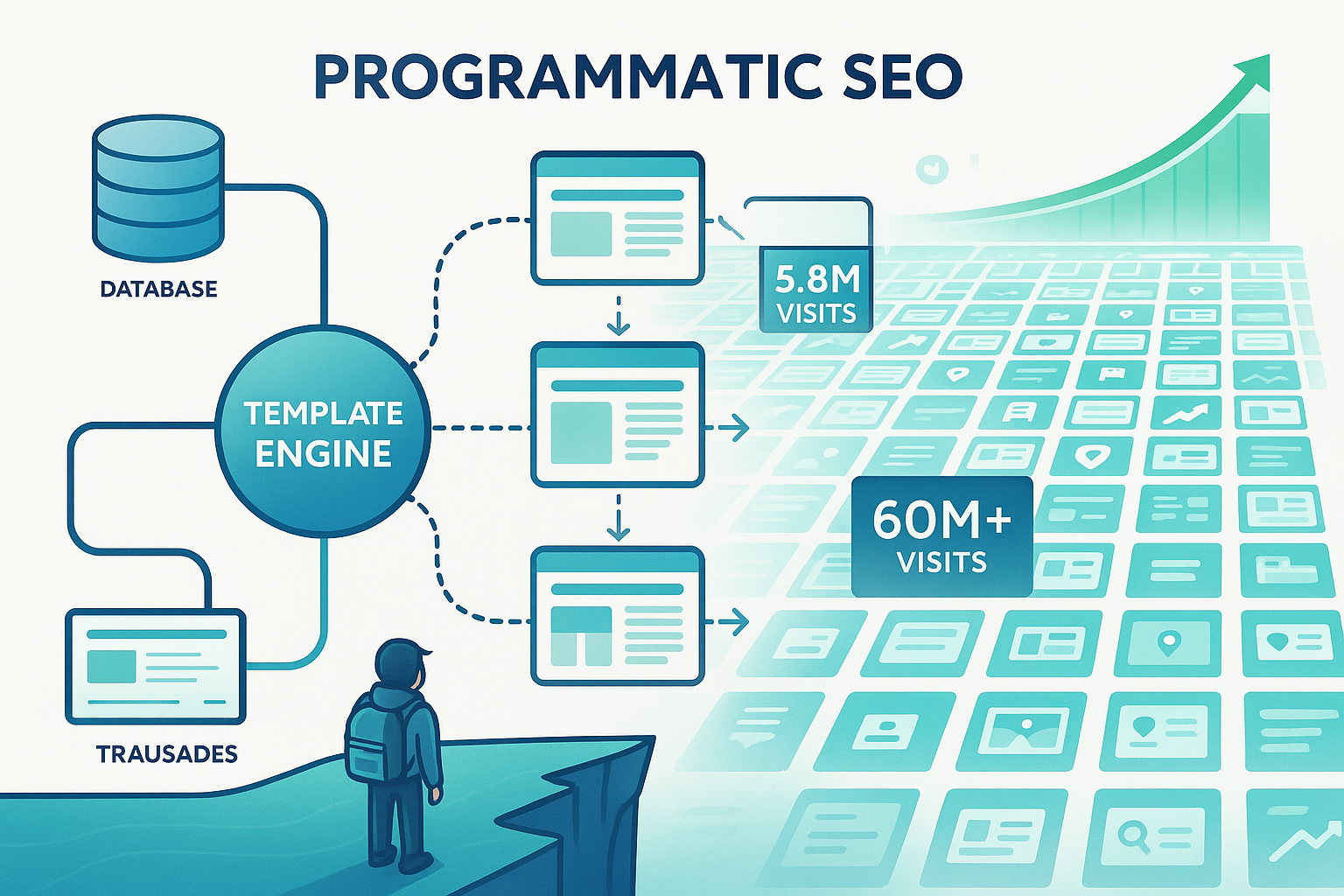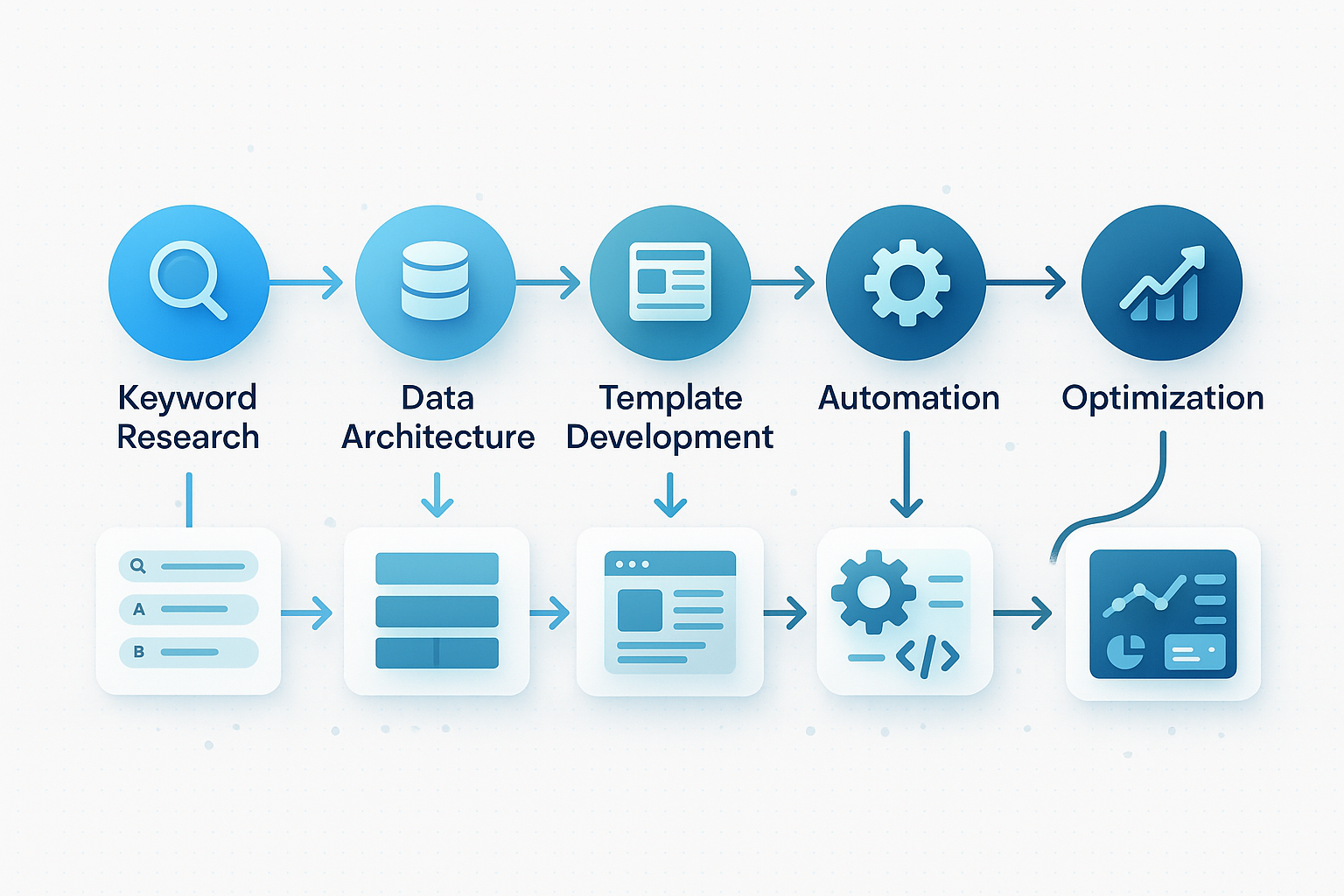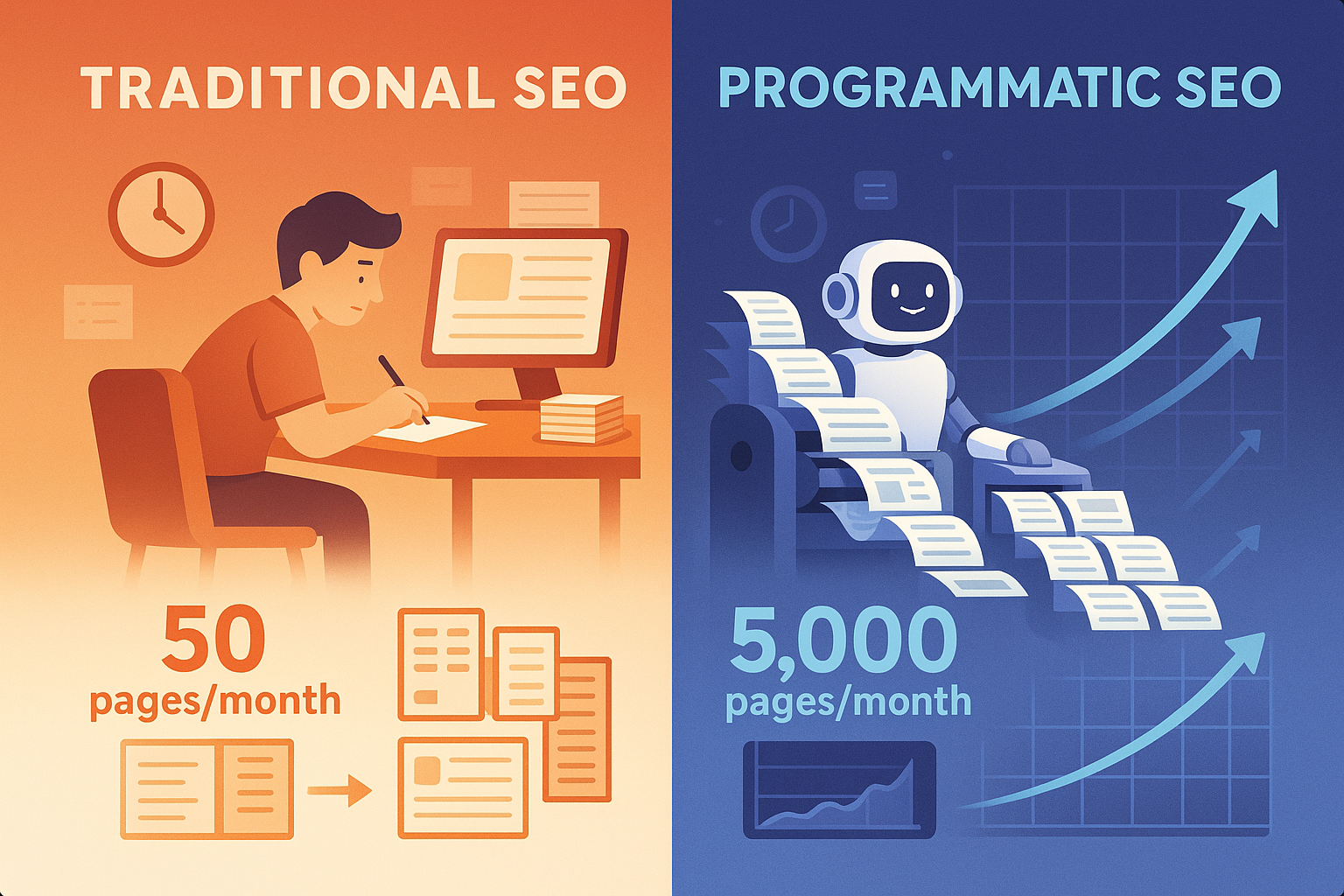
The artificial intelligence revolution has reached a critical inflection point for businesses, with 78% of organizations now using AI in at least one business function—a dramatic increase from 55% in 2023. The global AI market is projected to explode from $390.90 billion in 2025 to $1.77 trillion by 2032, representing a staggering 29.2% compound annual growth rate. This isn't just about experimental adoption anymore; it's about fundamental business transformation, with companies achieving 3.7x ROI on generative AI investments and experiencing 2.5x higher revenue growth compared to non-AI peers.
While most organizations have begun their AI journey, only 1% describe their deployments as "mature", revealing a significant gap between adoption and optimization. The winners in this new landscape won't just be early adopters, but organizations that strategically implement AI tools to solve real business problems while building robust governance frameworks. This comprehensive guide examines the most impactful AI tools reshaping business operations in 2025, with special focus on emerging platforms like LogicBalls and GrackerAI that are democratizing AI access across industries.
Content Creation and Marketing: AI's Most Mature Application
The content marketing AI space has reached impressive maturity, with 85% of marketers now using AI tools for content creation and reporting 25% more marketing success compared to non-AI users. Industry leaders have evolved from simple text generation to comprehensive marketing workflow automation.
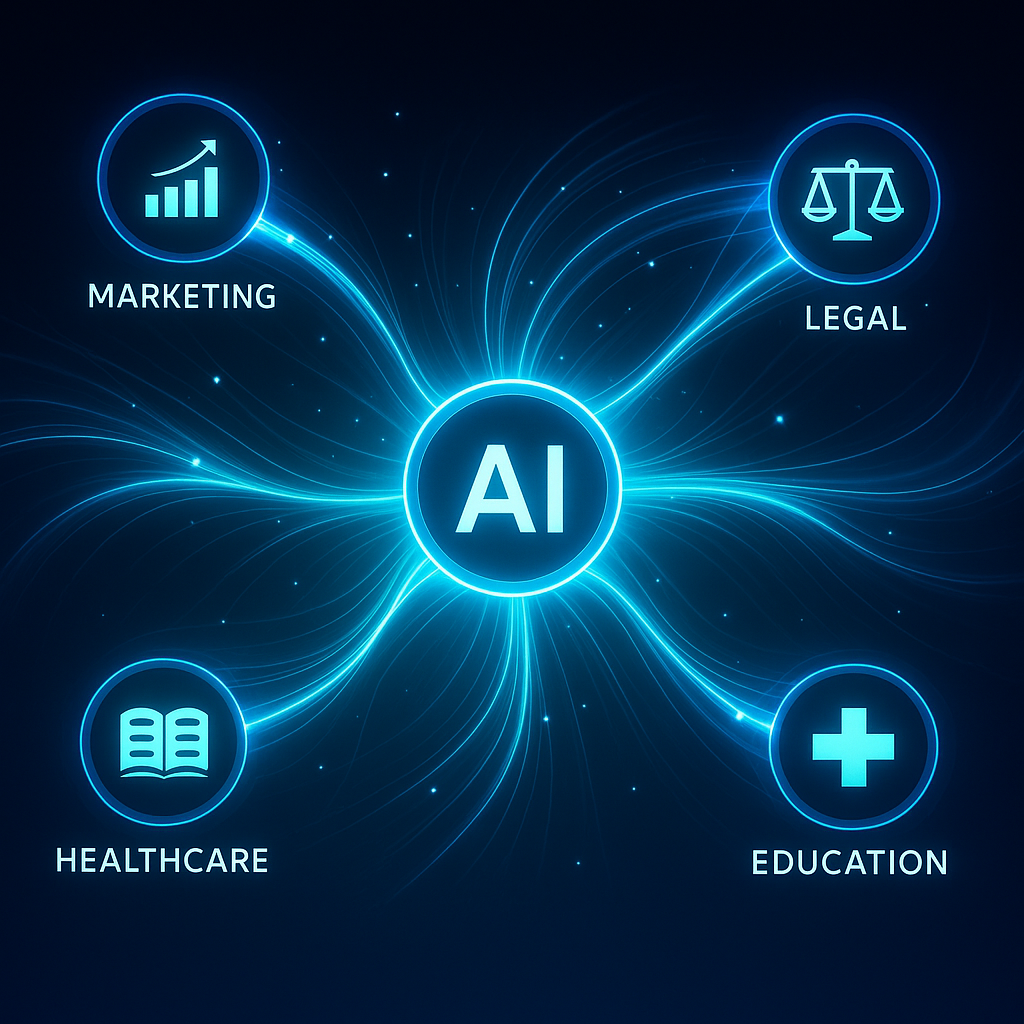
Enterprise-grade content orchestration
Jasper leads the enterprise content creation market with 125,000+ active users including Fortune 100 companies. The platform's Brand Voice technology learns and maintains company voice consistency across all content, while advanced workflow automation enables teams to scale content production without proportional team growth. Case studies demonstrate 113% increase in blog output and 40% increase in site traffic, with Harley Davidson reporting a remarkable 2,930% increase in leads.
Copy.ai has pivoted beyond content creation to become a comprehensive Go-to-Market AI platform, automating entire sales and marketing workflows. With 480% revenue growth in 2024 and customers reporting "multi-million dollar ROIs," Copy.ai represents the evolution toward full GTM workflow automation rather than point content solutions.
Visual and video content automation reaches production quality
Canva's Magic Studio democratizes professional design with 170 million monthly active users and 90%+ Fortune 500 adoption. The platform's AI capabilities now include Magic Design for automated template creation, Magic Media for text-to-image/video generation, and Magic Switch for instant format conversion. Users report 10x faster content creation compared to traditional methods.
Synthesia has captured the AI video market with 50,000+ customers including 60% of Fortune 100 companies. The platform's 230+ AI avatars in 140+ languages enable businesses to create professional training and communication videos at scale, with customers like Zoom reporting 90% reduction in video production time and BSH achieving 30% increase in engagement versus text-based training.
Productivity and Automation: The New Operating System
The global AI productivity tools market is experiencing explosive growth from $6.95 billion in 2023 to a projected $36.35 billion by 2030. Organizations are using AI in an average of 3 business functions, with 92% of executives agreeing their workflows will be digitized and use AI-enabled automation by 2025.
Intelligent project management and workflow orchestration
Monday.com AI transforms project management through intelligent project planning, risk analysis, and resource allocation. Named a Leader in Gartner's 2024 Magic Quadrant for Adaptive Project Management, the platform serves 225,000+ customers across 200+ industries, enabling 50% reduction in manual work through AI automation.
Notion AI creates unified productivity workspaces combining notes, databases, and project management with integrated AI capabilities. The platform's AI Q&A searches across workspace content while AI connectors integrate Google Docs, Sheets, Slack, GitHub, and Jira for comprehensive enterprise search and automated content generation.
Meeting intelligence becomes competitive advantage
Fireflies.ai provides 90%+ accuracy transcription in 69+ languages with AI-generated meeting summaries, sentiment analysis, and CRM integration. The platform's conversation intelligence capabilities enable sales teams to improve performance through detailed call analysis and automated CRM updates.
Motion App represents the next generation of AI scheduling, automatically optimizing daily schedules by intelligently time-blocking tasks based on priorities, deadlines, and availability. Users report saving 30.3 days annually through optimized scheduling while reducing decision fatigue around task prioritization.
Customer Service: AI Agents Take Center Stage
The customer service AI landscape has transformed dramatically, with 95% of AI-powered customer interactions expected by 2025 and the market projected to grow at 34.9% CAGR to potentially reach $7.5 billion by 2024.
Autonomous agents achieve human-level resolution rates
Intercom's Fin AI Agent leads the autonomous customer service revolution, resolving up to 65% of customer conversations end-to-end using GPT-4 technology. The platform works across all channels (email, chat, phone, SMS, social media) with resolution-based pricing at $0.99 per resolution, delivering significant cost savings while maintaining service quality.
Zendesk AI Agents achieve 80%+ resolution rates with zero-training deployment and same-day setup. The platform's omnichannel support capabilities combined with proactive agent copilot features enable enterprises to scale operations without proportional staffing increases, with Lyft reporting 87% reduction in resolution times.
Voice AI reaches production readiness
Synthflow's Voice AI Agents provide human-like conversations with 500ms latency across 30+ languages and dialects. The platform handles automated call operations for bookings, support, and lead qualification, with customers reporting 70% reduction in booking costs and 60% boost in scheduling efficiency.
Retell AI focuses on enterprise reliability with 99.99% uptime and ultra-low latency voice interactions indistinguishable from human agents. The platform's SOC 2, HIPAA, and GDPR compliance makes it suitable for regulated industries requiring reliable, scalable voice AI operations.
Data Analysis and Business Intelligence: AI-Powered Insights
The AI-powered data analysis market is valued at $31.98 billion in 2024 and projected to reach $63.20 billion by 2032, driven by 97% of financial institutions planning increased AI investments and 86% reporting positive revenue impact from AI.
Natural language querying democratizes data access
Tableau AI revolutionizes data visualization through Ask Data natural language query interface and Einstein AI integration for automated insights. As a Gartner Magic Quadrant Leader with strong Fortune 500 adoption, Tableau enables organizations to reduce time from data to insights by 60% while democratizing data access across non-technical users.
Microsoft Power BI maintains market leadership as a Gartner Leader for 17 consecutive years, with Q&A natural language processing and Copilot integration enhancing analytics workflows. The platform delivers 379% ROI according to Forrester studies, with organizations achieving 20-30% productivity gains through AI automation.
Predictive analytics becomes accessible
DataRobot's automated machine learning platform enables non-data scientists to build ML models, reducing development time from months to days. The enterprise-focused platform improves forecast accuracy by 15-25% while accelerating time-to-value for predictive projects through 60+ automated algorithms and model explainability features.
ThoughtSpot's search-driven analytics with Spotter AI Analyst enables business users to explore data through natural language queries. As a Gartner Leader in 2025 with notable customers including Coca-Cola and T-Mobile, ThoughtSpot reduces time-to-insight by 70% while increasing data engagement across organizations.
Sales and Lead Generation: AI Transforms Revenue Operations
81% of sales teams are experimenting with or have implemented AI, with 83% of AI-enabled teams experiencing revenue growth versus 66% without AI. The transformation spans conversation intelligence, lead generation, and revenue forecasting.
Conversation intelligence drives sales performance
Gong.io leads conversation intelligence as a Forrester Wave 2024 Leader for Revenue Orchestration platforms. The platform's AI Smart Trackers identify concepts rather than just keywords in sales calls, enabling 35% higher win rates when using AI functionality and 50% increase in average win rates for deals where representatives completed AI-recommended actions.
Salesforce Einstein dominates CRM AI integration as a Gartner Magic Quadrant Leader for 18 consecutive years. With Agentforce autonomous AI agents for sales development and predictive analytics, organizations report 33% faster meeting preparation and 10% increase in win rates with AI implementation.
End-to-end sales intelligence platforms emerge
Apollo.io provides comprehensive B2B sales capabilities with access to 275+ million verified contacts and 73 million companies. The platform's AI Research Agent enables 46% more meetings booked and 35% increase in bookings with AI-powered messaging, serving 500,000+ companies with 500% year-over-year growth in AI platform usage.
Clay revolutionizes data enrichment through AI-powered research automation and waterfall enrichment across 75+ data providers. With $40 million Series B funding and $1.25 billion valuation, Clay achieves 3x improvement in data enrichment rates while reducing manual research hours by 50%.
Design and Creative Tools: AI Democratizes Professional Creativity
The AI-powered design tools market is projected to reach $15.06 billion by 2029 with 22.1% CAGR, driven by business adoption surging from 55% in 2023 to 78% in 2024.
Professional design capabilities become accessible
Adobe Firefly integrates generative AI across the entire Creative Cloud ecosystem with commercially safe AI trained on licensed content. Custom model training enables brand consistency while API access through Firefly Services provides scalable solutions for high-volume production workflows.
Midjourney captures premium creative market with distinctive artistic capabilities and commercial licensing for paid subscribers. The platform eliminates stock photo dependency while creating unique, brand-specific visuals, though it requires higher skill investment for optimal results.
Specialized creative workflows emerge
Runway AI leads professional video generation with Text-to-video and image-to-video capabilities used in major Hollywood productions. With $3 billion+ valuation and partnerships with Lionsgate, Runway dramatically reduces video production costs while enabling rapid prototyping of video concepts.
Gamma.app transforms presentation creation through one-click generation from prompts and smart content structuring. Popular among Fortune 500 companies, the platform eliminates slide design time while providing professional layouts and integrated analytics for presentation optimization.
Development and Coding: AI Transforms Software Creation
The Generative AI in DevOps market is projected to grow from $942.5 million in 2022 to $22.1 billion by 2032 at 38.20% CAGR, with 75% of organizations expected to use AI-augmented DevOps tools by 2025.
Code generation reaches production quality
GitHub Copilot dominates with over 1 million individual users and 20,000+ business customers. Named a Gartner Leader in AI Code Assistants, the platform provides 55% faster code completion across 25+ programming languages with enterprise-grade security and compliance features.
Cursor IDE represents the AI-native development future, reaching $100 million ARR in 12 months with 40,000+ paying customers including engineers at OpenAI and Shopify. The platform's codebase-aware chat interface and agent mode for end-to-end task completion enable 2x productivity improvement over traditional tools.
Specialized development workflows emerge
LambdaTest KaneAI revolutionizes testing as a GenAI native QA agent-as-a-service platform. Natural language test creation and AI-powered test data generation enable 70% reduction in testing time while improving test coverage and reliability.
Spacelift with Saturnhead AI transforms DevOps through AI-powered infrastructure troubleshooting and automated failure resolution. The platform eliminates 1,000+ failed runs per week for enterprises while dramatically reducing mean time to resolution through intelligent log analysis.
LogicBalls: Democratizing AI for Cross-Industry Application
LogicBalls represents a significant development in democratized AI technology, positioning itself as the "world's leading AI research lab" focused on making advanced AI accessible across 25+ industries. Founded in 2023 in San Francisco, the platform has evolved from a simple content generation tool into a comprehensive AI ecosystem offering 200+ specialized tools, with ambitious plans to reach 10,000+ applications by end of 2025.
Core capabilities span multiple business functions
LogicBalls differentiates itself through breadth rather than depth, offering specialized AI tools across marketing, healthcare, legal, education, construction, and manufacturing sectors. The platform integrates 14 leading AI models including GPT-4o, Claude Sonnet, and Gemini 2.5 Pro, wrapped in proprietary templates and best practices that eliminate complex prompt engineering for business users.
Key features include:
- 200+ AI tools expanded to 5,000+
- Multi-language support (15+ languages) with 20+ tone options
- Industry-specific applications from legal case briefs to medical procedure reports
- Constitutional AI implementation for ethical, safe outputs
- Browser extension for seamless workflow integration
- Real-time grammar checking and plagiarism-free content generation
Strong value proposition for SMBs and specialized industries
LogicBalls targets small to medium-sized businesses, marketing agencies, and traditional industries lagging in digital transformation. The platform claims 65% faster AI implementation compared to traditional approaches, with users reporting 35% cost savings within the first month and 45% improvement in overall efficiency.
Documented business applications include:
- Regional Medical Associates achieved 42% reduction in documentation time across three hospitals
- Restaurants automated menu description creation, increasing customer appeal
- Travel agencies expanded global reach through multi-language content creation
- Small businesses improved website traffic and conversions without dedicated copywriters
The company has 72% quarter-over-quarter growth with users spanning 43 countries, though it faces intense competition from established players like Copy.ai and Jasper.
Market Trends and Strategic Recommendations
Critical success factors for AI implementation
Organizations achieving the highest AI returns focus on core business processes, with 62% of AI value concentrated in essential operations rather than experimental use cases. Companies with dedicated AI teams achieve 1.5x higher revenue growth, while leaders invest 70% in people and processes versus 30% in technology.
Data governance emerges as the primary differentiator, with 70% of high-performing organizations citing data management as the key obstacle to overcome. Only 21% have established generative AI usage policies, creating significant governance gaps that successful organizations must address proactively.
Portfolio approach drives sustainable transformation
The most successful implementations follow a three-tier portfolio strategy: ground game focused on small wins and incremental improvements, roofshots targeting attainable transformative projects, and moonshots pursuing high-reward breakthrough initiatives. This balanced approach enables organizations to demonstrate quick value while building capabilities for larger transformations.
Future outlook points toward agentic AI dominance
Autonomous AI agents represent the next transformation wave, with 26% of organizations already exploring implementations. These digital workers have the potential to double knowledge workforce capacity while reshaping software demand from infrastructure investments to tailored AI solutions. Organizations must prepare for this shift by building governance frameworks and developing human-AI collaboration capabilities.
The AI tools landscape in 2024-2025 represents a watershed moment where competitive advantage increasingly depends on AI maturity rather than mere adoption. While most organizations have begun their AI journey, the gap between leaders and laggards widens rapidly. Success requires strategic vision, systematic implementation, robust governance, and significant investment in both technology and talent. Organizations that act decisively now, focusing on value creation rather than experimentation, will be best positioned to capitalize on AI's transformative potential in the years ahead.
https://ift.tt/YHMqbDE
https://ift.tt/f0LQ2Yb
https://2.gravatar.com/avatar/b7ed20e10da488de193e75b40fa28ba5ceda96c4265525794861ddaa33ae7723?s=96&d=identicon&r=G
https://deepakguptaplus.wordpress.com/2025/06/30/ai-tools-transforming-business-operations-in-2025/
